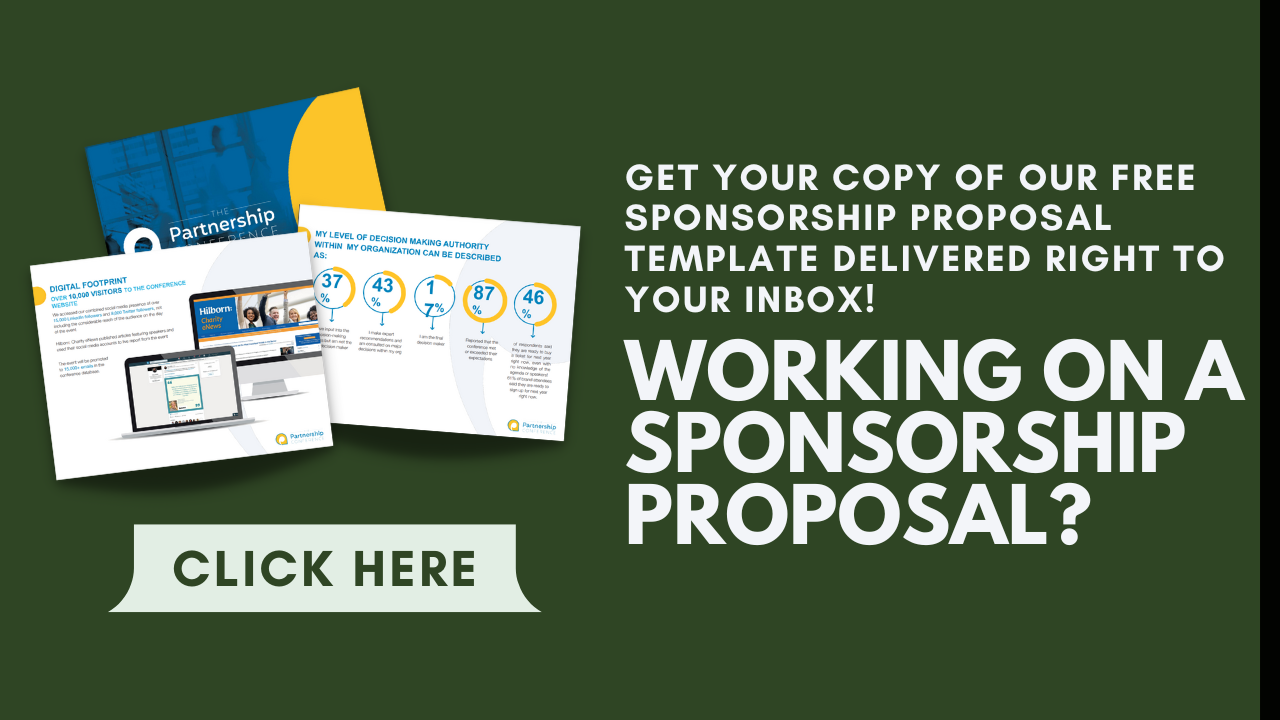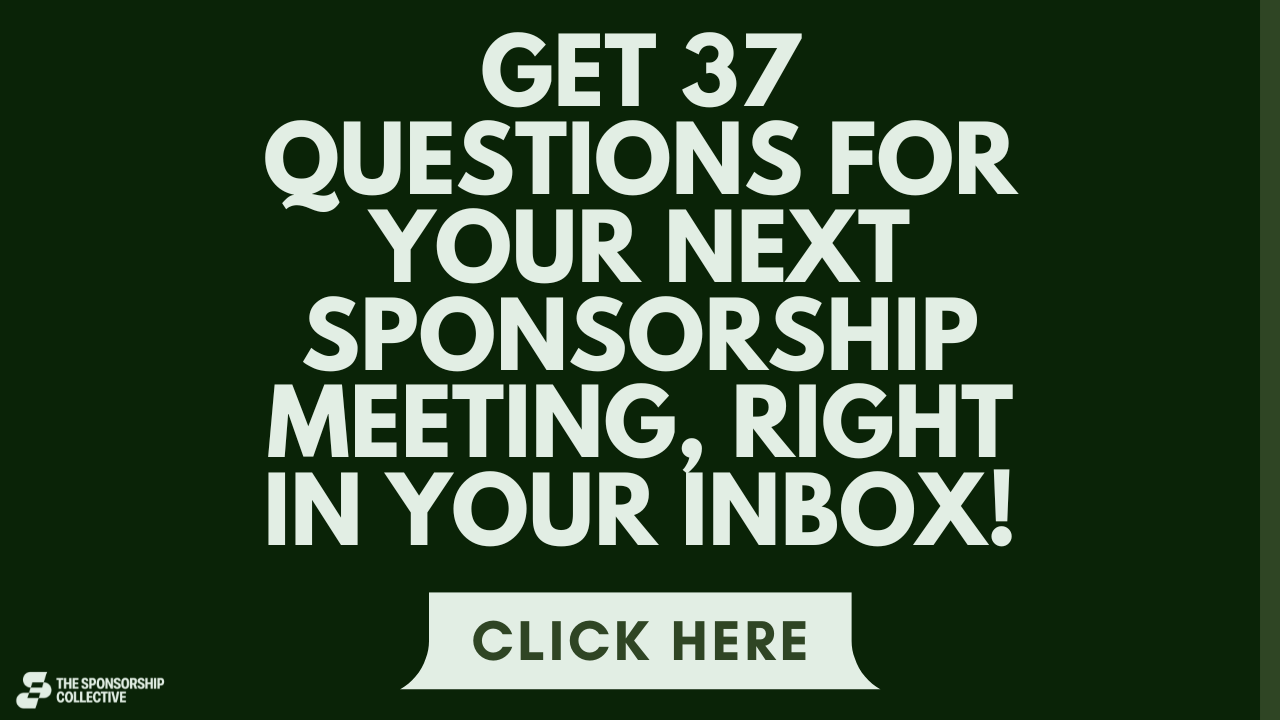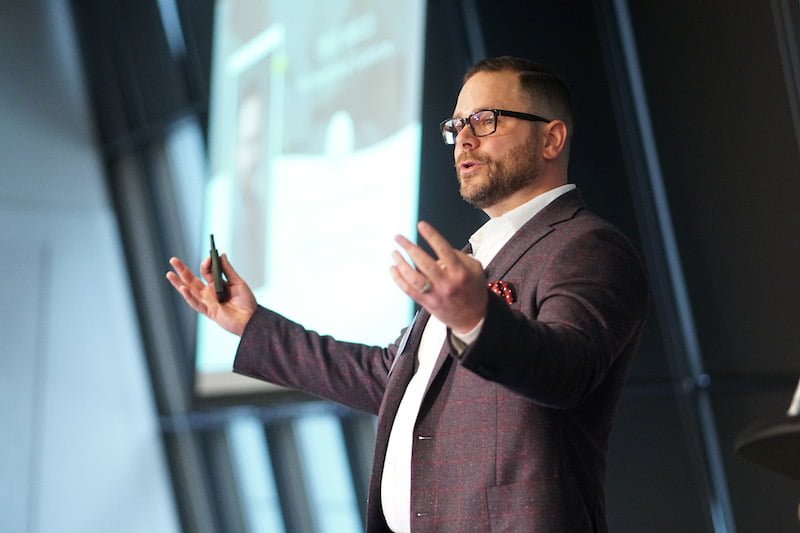In my post “A Tale of Two Cause Marketing Campaigns” I talked about the differences between two companies and their cause marketing strategies. I also talked about how those strategies played out, leading to a significant difference in money raised.
There are multiple outcomes and goals of any cause marketing strategy and point of sale campaigns are no different. Revenue is one obvious outcome, and probably the most important outcome to the charity, but there are two other outcomes alluded to in my first post, but not really unpacked, namely: customer impact and employee engagement. Today’s post is all about employee engagement!
One of the great advantages of the point of sale campaign is that “the ask” is small and you have an army of staff across the country soliciting on behalf of the charity. This advantage, as is often the case, is also the biggest risk. The way to mitigate this risk is not only incredibly simple but it benefits both company and cause. The answer? Employee engagement.
In my last post I described two multiyear campaigns that raised $1.5 million combined. The reason for this success was because we engaged the entire staff of these organizations, with particular emphasis on front line employees. Here is how we did it:
Cause Marketing Strategy: Speaking Engagements
We mobilized our charity team so that we could visit as many participating stores as possible. Our office went into “cause marketing mode” for close to two month while we travelled from Halifax to Kamloops and everywhere in between. Big, small, medium…it didn’t matter, we were there. We got local managers on board as well as local volunteers and program recipients to come in to thank and motivate the team.

Cause Marketing Strategy: Stewardship
Once the campaign wrapped, we then wandered the country yet again, this time to bring staff to us in order to see where their dollars raised went. We took them to local programs to see their dollars at work and to connect to the people within their community that they were supporting.
Cause Marketing Strategy: Newsletters
We provided content for the internal staff newsletters year round. This gave us a chance to showcase a local store and their impact and to stay front of mind both during the campaign and throughout the year. One of these partners eventually outsourced their staff newsletter to us completely, making us an essential part of their employee engagement strategy.
Cause Marketing Strategy: Major Events
We had a handful of major fundraising events, one of which was national and very much a grassroots event. As part of the campaign we extended free admission to these two partners to our major events so that their local staff could participate as a team building exercise. We helped them name their teams, fundraise at the store level and compete with other stores for prizes and bragging rights. In other words, their cause marketing campaign earned them free admission to all of our key events as a tool for employee engagement.
Cause Marketing Strategy: Volunteer Opportunities
Since our programs were tangible (as opposed to research or other intangible programming), we created volunteering days so that front line staff, store managers and executives could come together and get their hands dirty giving back to the community. These volunteer opportunities provided engagement but also networking opportunities across various business lines.
Cause Marketing Strategy: Storytelling
We didn’t call it “storytelling” back then, just good old fashioned stewardship and fundraising principles. That said, every one of the above mentioned activities was designed to engage employees and arm them with stories. In fact, I would argue that the two go hand in hand. It’s the stories of people being helped by the dollars raised that brings the team together and motivates them to do more. Simply coming to an event or volunteering to pack a grocery cart in and of itself is not engaging, it’s knowing WHY you are doing it that makes the difference. Telling stories also gave front line staff the confidence to make the ask every day not just because they were inspired but because they knew if challenged by a customer, they could answer any question that came their way.
Sound like a lot of work? It was! But it allowed us to move these partners up the ladder into sponsorship, third party events and philanthropic gifts, significantly increasing their support. It also gave these partners the confidence to introduce us to their vendors and other industry partners to pitch new campaigns, knowing that we would take good care of their contacts.
Raising money is important, and maybe it’s the most important goal of the campaign, but it happens only when you engage staff properly and choose the right branding and messaging for your customers. An engaged team works harder and does so happier and with less time off (there are plenty of studies to support this) but the other thing an engaged team does is ask their managers how else they can raise money for their charity of choice and ensure that the campaign grows every year. In the win-win-win equation, employees are a critical factor!
Cause Marketing Strategy: BOGO
No, not “buy one, get one free” like most BOGO sales you’re used to seeing. In the cause marketing sphere, BOGO stands for “buy one, give one.” In other words, when a customer buys your product, you give that product free to someone else.
For example, if you sell eco-friendly shoes designed with recycled materials, for each pair a customer buys, you’ll give a pair free to children in need.
The BOGO cause marketing strategy positions your business or organization as socially responsible, which resonates well with your audience. Further, it makes your brand more appealing to future partners, including sponsors.
Data has suggested that consumers are even willing to pay more money for a service or product if it’s doing better for the environment or our planet.
Cause Marketing Strategy: Matching Gifts or Funds
In a similar vein, matching funds or gifts is another cause marketing strategy you need to start using if you aren’t already. Essentially, when your audience gives or donates to a worthy cause, matching their contributions means donating the same.
For example, let’s say you receive a donation of $1,000 as part of your cause marketing campaign. Matching that means donating another $1,000 toward the cause.
Ultimately, that’s double the money the cause receives, allowing your organization to achieve its goals faster.
You must make sure you have the degree of funding required to offer a matching program before it gets underway.
Cause Marketing Strategy: Customer Pledge Drives
Your cause marketing arsenal should include pledge drives. It used to be that the only way to get attention on a pledge drive was through television, but thanks to technology, we have so many more options at our disposal.
One of the more modern ways to lead a pledge drive is to ask your supporters to get involved and lead the campaign. You can recruit sponsors, participants, donors, attendees, and volunteers to participate, incentivizing them for their time and effort.
I recommend creating an incentives chart with better rewards for how many donations each participant can raise. For example, raising $50 might get a thank-you on your website, whereas $100 might get a free tote bag and $500 a feature on your next podcast.
However, don’t make your participants do all the heavy lifting themselves. Use social media, email, and online advertising to promote your pledge drive and increase donations.
How to Gauge the Success of Your Cause Marketing Campaign
Like any marketing campaign, cause marketing has metrics to track that will indicate where your campaign blossomed and where it can be improved for next time.
Here are some KPIs to track, stat.
Donations
This is one of the clearest indicators of success. If your campaign drove a lot more donations than a typical one of the same nature, cause marketing has panned out well for your organization.
In the future, continue ideating ways to expand your cause marketing to continue to engage and connect with your audience.

Email Open Rates
Your cause marketing efforts won’t go very far if no one opens your emails. Open rates are affected by many factors, from the quality of the subject line to the internet service provider you choose and the email address you send from.
Here’s some good news, though. Nonprofit email open rates are a lot higher compared to for-profit companies. As a nonprofit, yours should be upwards of 26 percent. Some estimates say it’s as high as 40 percent.
If your open rate isn’t that high, it’s time to review the above factors and other elements of your campaign to figure out why.
Email Click-Through Rates
Going hand-in-hand with open rates is email click-through rates, which refer to the number of people who click the link in your messages.
Opening emails is great and already half the battle, but if your click-through rate is low, your audience isn’t taking as much action as they could be.
Nonprofit CTRs hover at around 3.27 percent. If yours are consistently below that, it’s worth looking at the quality of your links and the layout of your emails. The anchor text you use might also be too vague.
People want to know what will happen when they click a link, so explaining that in your hyperlink imbues them with more confidence to click.
Brand Awareness
Building a brand is paramount, even as a nonprofit or charitable organization. You can track whether people are connecting with your brand by reviewing brand mentions on social media, search engine visibility, influencer post engagement, media impressions, reviews, and customer surveys.
Conversion Rate
How many of your website or social media visitors convert into donors or customers? Conversion rates should be high for nonprofits, with various sources predicting it at anywhere from 17 to 20 percent. If yours is within that range, you should give yourself a pat on the back for a job well done.
However, if you’re at about half that, you need to continue to personalize and strengthen your cause marketing campaigns.
Social Media Engagement
There are many ways to gauge whether you’re connecting with your audience on social media. How many views per post do you receive? (Some platforms tell you). How many likes, comments, and shares? Do people mention your brand a lot and tag you in content? How many followers do you have, and how has it increased over time?
Once you answer these questions and look at everything together, you’ll have greater insights into the popularity of your social media presence.
Sales
If your charitable organization sells products or services, how much have you sold before versus after your cause marketing campaign? If running a BOGO or pledge drive, you should notice an influx of sales.
Average Cart Order Values
It also helps to dive deeper into what your audience is buying, specifically, what the items in their cart are valued at. The higher the order value, the stronger the relationship with your audience, as they believe in the quality of your products or services enough to sink a lot of money into them.
Website Traffic
As you announce your latest cause marketing campaign, you should notice an uptick in website traffic over several weeks, possibly even months depending on how long your campaign lasts.
However, as I always say on the blog, site traffic must be capitalized on. You need opt-in forms and lead magnets ready to convert visitors into subscribers, then subscribers into customers or donors.
Bounce Rate
Here’s a touch of bad news. Bounce rates for nonprofits are between 60 and 70 percent, whereas you’re looking for a rate of around 40 percent or ideally below that.
Abandoned Carts
Nonprofit customers tend to do a lot of research into your organization and the products and services you sell before committing, especially compared to for-profit businesses. This can result in a higher-than-usual cart abandonment rate.
How high the rate can be varies based on source but is between 82 and 83 percent. Arming your audience with the information they need to make a well-informed decision might reduce this rate.
Email Subscribers
Finally, you must track how your email subscriber count has gone up or down since your cause marketing campaign launched. If you’re getting good open and click-through rates and plenty of website traffic, your subscribers should go up in kind.

FAQs
How Effective Is Cause Marketing?
With a promised sales increase of up to 70 percent, cause marketing can be extremely effective if done correctly. Besides that benefit, employee engagement increases, as does nonprofit cause awareness, reputation, and sales.
Is Cause Marketing Risky?
It can be if you’re a for-profit, but there’s considerably less risk as a nonprofit, so it’s worth doing.
Wrapping Up
Cause marketing can drive more of the outcomes your nonprofit or charitable organization seeks, especially with the tactics and strategies I outlined for you today. Remember to watch the numbers, carefully monitoring KPIs to ensure your campaign is progressing in the intended direction.
This post was first published by the good folks at Companies & Causes Canada
- About the Author
- Latest Posts
Chris Baylis is the Founder and Editor-in-Chief of The Sponsorship Collective.
After spending several years in the field as a sponsorship professional and consultant, Chris now spends his time working with clients to help them understand their audiences, build activations that sponsors want, apply market values to their assets and build strategies that drive sales.
Read More about Chris Baylis

